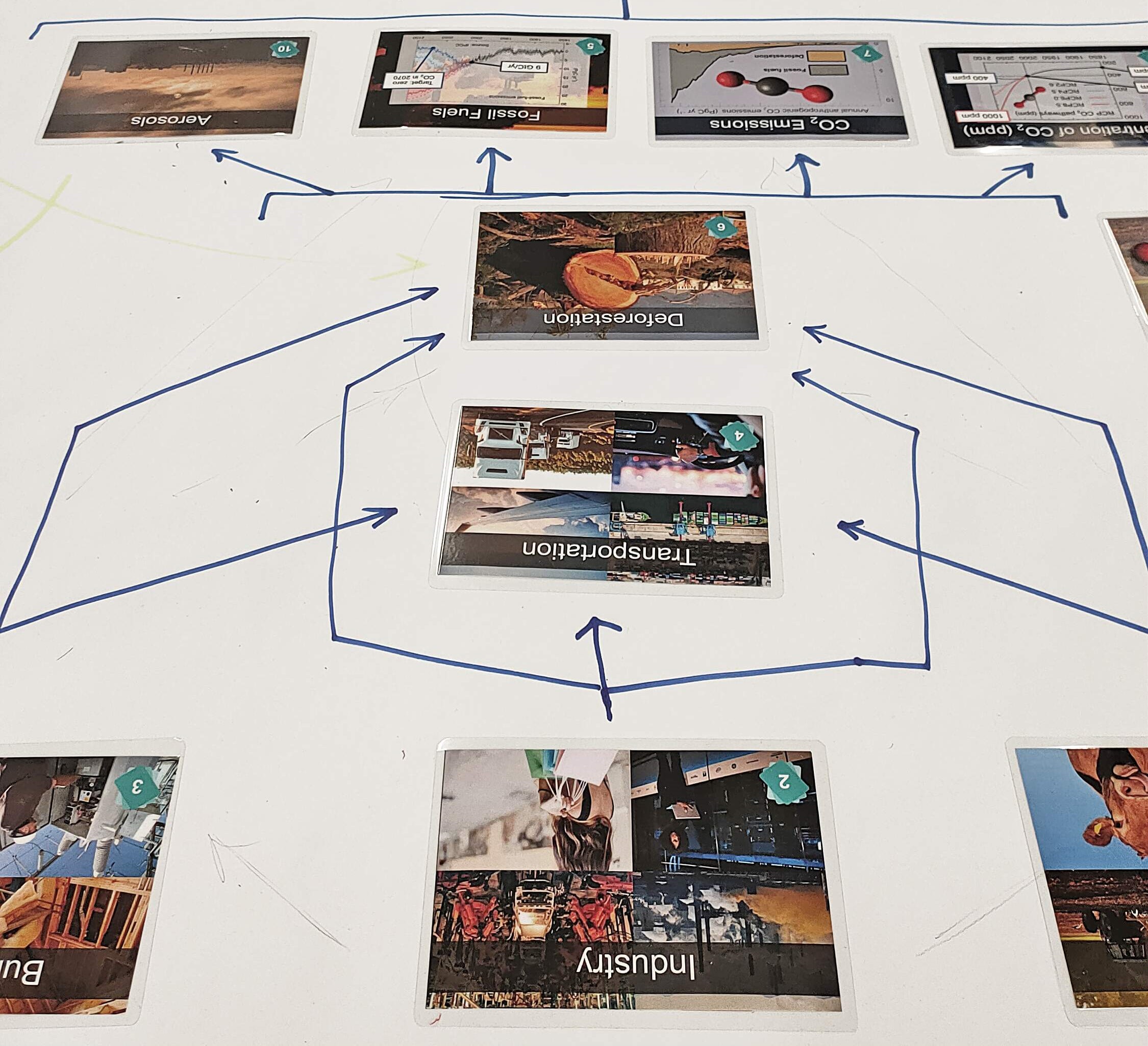Course 3 - Timber Engineering
Introduction
This course provides timber engineers and architects with a comprehensive understanding of engineered timber systems, structural mechanics, Eurocodes, building physics and their influence on the design process. Participants will gain knowledge and skills essential for effective collaboration between architects and engineers in timber construction projects. Through theoretical lectures, elaboration of timber-specific topics and case studies, participants will develop a strong foundation in timber engineering principles, enabling them to contribute to the successful design and execution of timber buildings.
Learning Objectives:
By the end of the course, the students will be able to:
- Comprehend the structural systems and building mechanics relevant to timber construction, enabling the design of efficient timber structures.
- Develop an advanced understanding of building physics principles related to heat, sound, and moisture management in timber buildings.
- Deepen the knowledge about developing details for timber buildings.
- Utilize timber BIM
modelling to enhance the design and coordination process, improving
communication and collaboration between different trades
1. Architecture for timber engineers
The architecture for timber engineers focuses on creating and
constructing buildings, structures, and infrastructures that primarily
utilize timber as the main building material. This entails a deep
understanding of timber's properties, strength, and behavior under
different loads. Timber engineers must consider factors like
sustainability, durability, and cost-effectiveness when selecting
appropriate timber species for a specific project. They are responsible
for ensuring that the timber components and joinery systems meet safety
standards and adhere to local building codes, while also incorporating
innovative techniques and practices to optimize the use of timber in
construction.
Architecture for timber engineering- Download